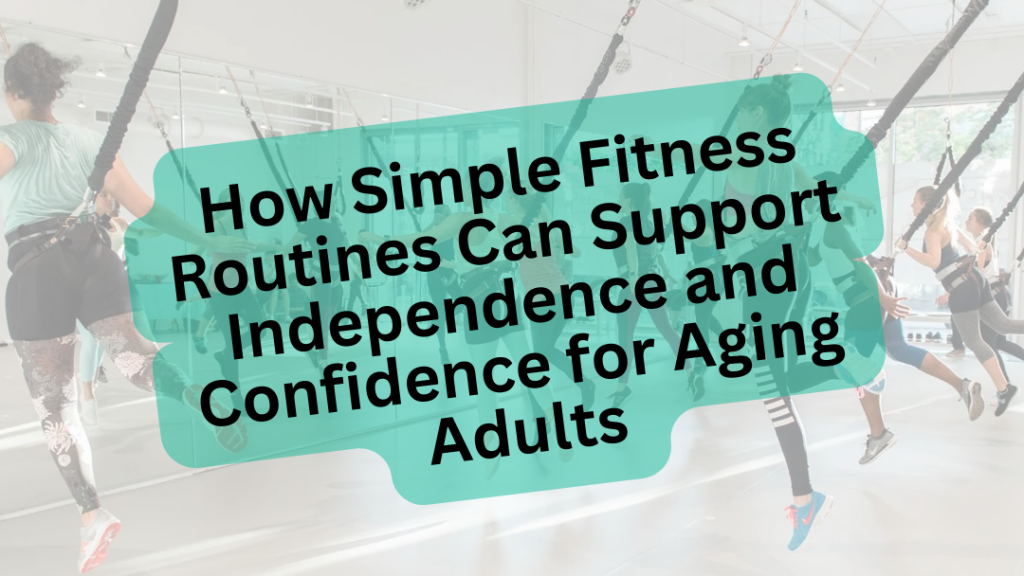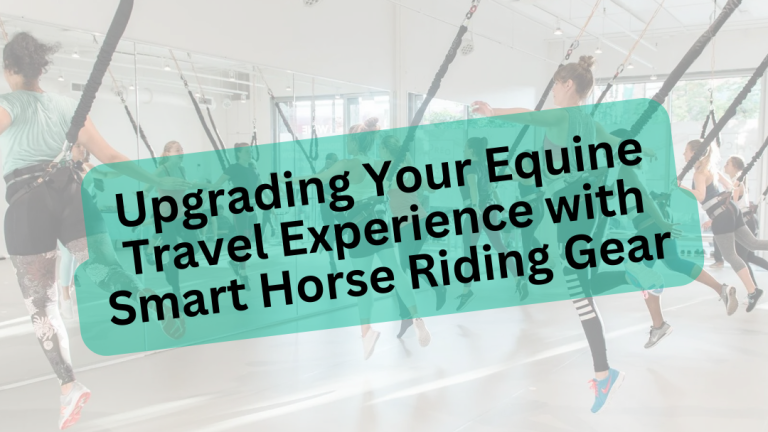How Simple Fitness Routines Can Support Independence and Confidence for Aging Adults
Staying active is one of the most effective ways to maintain health, mobility, and overall well-being at any stage of life. For aging adults, fitness routines don’t need to be complicated or strenuous to make a difference. Simple, consistent exercises can strengthen the body, improve balance, and boost confidence, allowing older adults to enjoy greater independence and a more fulfilling lifestyle.

This guide explains why fitness is important as we age, highlights practical exercise options, and offers tips to safely incorporate movement into everyday life.
Why Fitness Matters for Aging Adults
As we grow older, it’s natural for muscle mass, bone strength, flexibility, and balance to change. These shifts can sometimes increase the risk of falls, injuries, and reduced mobility. Regular, safe physical activity helps slow these effects and, in many cases, can reverse them.
For aging adults, exercise is not about competing or achieving athletic goals—it’s about maintaining the ability to manage daily life with confidence. Tasks such as climbing stairs, carrying groceries, or rising from a chair become easier with regular activity. Beyond the physical benefits, staying active can ease stress, lift mood, and even support memory and concentration.
Key Benefits of Fitness for Aging Adults
1. Strength and Balance
Exercises that focus on strength and balance reduce the likelihood of falls, which are a leading cause of injury in older adults. Simple movements such as leg raises, wall sits, or using light weights can build stability and strength.
2. Flexibility and Mobility
Gentle stretching or yoga keeps joints supple and muscles loose. For aging adults, this can mean less stiffness and more freedom in everyday movement.
3. Heart Health
Low-impact aerobic activity, including walking, swimming, or cycling, supports circulation, helps manage blood pressure, and lowers the risk of cardiovascular disease.
4. Mental Well-Being
Exercise triggers the release of endorphins, which improve mood and help reduce anxiety or depression. Many aging adults also notice sharper focus and improved memory when they stay physically active.
5. Greater Independence
Perhaps most importantly, regular fitness supports independence. Stronger muscles, better balance, and improved endurance allow older adults to remain active and self-reliant for longer.
Simple Fitness Routines for Aging Adults
It’s a common misconception that older adults need intensive or complex routines to see results. In reality, even short and simple exercises performed consistently can provide lasting benefits.
Walking
Walking is one of the most accessible activities for maintaining overall health. A daily 20–30 minute walk, whether around the neighborhood or at a local park, strengthens the legs, improves heart health, and uplifts mood.
Chair Exercises
For those with limited mobility or balance challenges, chair-based routines are an excellent option. Movements like seated leg lifts, arm raises, or torso twists help keep muscles engaged while minimizing strain.
Light Strength Training
Using resistance bands, light dumbbells, or bodyweight movements such as squats and wall push-ups builds muscle and supports bone density. Two or three sessions per week are enough to make a meaningful impact.
Stretching and Flexibility Work
Short daily stretching sessions improve circulation, reduce stiffness, and encourage better posture. Yoga or simple morning stretches can set a positive tone for the day.
Balance Exercises
Balance-focused movements are essential for fall prevention. Standing on one foot, walking heel-to-toe, or practicing tai chi all contribute to greater stability and confidence.
Tips for Starting a Routine Safely
Consult a Healthcare Professional
Before beginning a new routine, it’s important for aging adults to check with their healthcare provider, especially if they have existing conditions.
Begin Gradually
Starting with short, light sessions helps the body adapt. Increasing duration and intensity slowly prevents injury and builds confidence.
Choose Enjoyable Activities
Sticking to a routine is easier when the activity is enjoyable. Dancing, gardening, or water aerobics can make exercise feel less like a task and more like a rewarding part of the day.
Use the Right Equipment
Supportive shoes, non-slip mats, and properly sized resistance tools ensure comfort and reduce risk.
Pay Attention to the Body
If pain, fatigue, or dizziness occurs, it’s important to pause and adjust. Exercise should be supportive, not overwhelming.
The Role of Social Connection
Exercise can also be a social activity. Group classes, walking clubs, or online fitness communities provide opportunities for connection and motivation. For aging adults, this sense of community can help reduce loneliness and make routines more enjoyable. Seeing others succeed also provides encouragement to keep going.
Building Confidence Through Fitness
Beyond physical improvements, fitness fosters confidence. Many older adults feel uncertain about their abilities as their mobility changes, but regular activity helps restore assurance. Improved strength and balance lessen the fear of falling, while greater endurance allows individuals to participate more fully in hobbies, travel, and social events.
Adapting Fitness to Individual Needs
Every person has unique health conditions and goals. Fitness routines should be tailored accordingly:
- Joint issues: Water-based activities reduce strain while providing effective resistance.
- Limited mobility: Chair or bed-based exercises keep muscles active.
- Chronic conditions: Professional guidance ensures exercises are safe and beneficial.
- Beginners: Walking or light stretching is a safe, effective starting point.
Personalized approaches make fitness accessible for all aging adults.
Creating a Home Fitness Environment
Not everyone has access to a gym, but exercising at home is entirely possible.
- Designate a safe, uncluttered area for activity.
- Keep simple equipment like resistance bands, small weights, or a yoga mat on hand.
- Use senior-friendly online tutorials for guidance.
- Stick to a regular schedule to build consistency.
These steps empower older adults to stay active without leaving home.
Supporting Fitness with Nutrition and Rest
Exercise is most effective when paired with good nutrition and adequate rest.
- Protein helps maintain muscle mass.
- Calcium and vitamin D strengthen bones.
- Hydration supports energy and joint health.
- Rest and recovery give the body time to heal and grow stronger.
Balanced nutrition and proper recovery enhance the benefits of regular activity.
Overcoming Common Barriers
Some older adults hesitate to start exercising due to concerns or misconceptions. Common barriers include:
- Fear of injury: Starting with gentle, supervised movements reduces this risk.
- Low motivation: Setting achievable goals helps build momentum.
- Health conditions: Adapted exercises allow safe participation.
- Limited access: At-home routines offer a practical solution.
With encouragement and the right approach, these barriers can be overcome.
Long-Term Impact on Independence
When practiced consistently, simple routines lead to long-term benefits. Aging adults often experience fewer hospital visits, rely less on medication, and maintain greater independence. Perhaps most importantly, fitness supports dignity and self-confidence, helping older adults live life actively and on their own terms.
Conclusion
Fitness doesn’t need to be difficult or time-consuming to make a difference. For aging adults, simple routines such as walking, stretching, or chair exercises offer profound benefits. They support independence, strengthen confidence, and enhance both physical and emotional health.
By starting small, adjusting routines to individual needs, and staying consistent, older adults can enjoy the rewards of movement throughout their later years—adding not only more time to life, but more life to their time.






